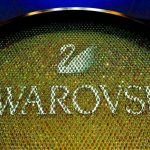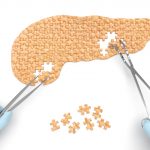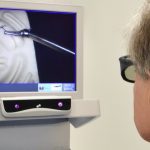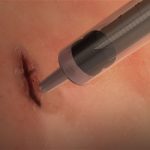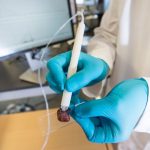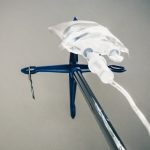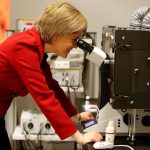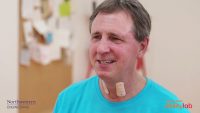IBM Says New Chip Can Filter Blood For Signs Of Cancer
Cancer starts small—at the nanometer scale, as DNA, RNA, and proteins develop harmful defects. So cancer detection has been moving down in size—toward “liquid biopsies” that filter blood and other bodily fluids to detect problems in cells or pieces of cells before tumors emerge.
IBM today announced technology to build a new “lab-on-a-chip” device that can sort out particles down to the size of exosomes—packets of protein, RNA, and sometimes DNA, ejected from cells, that can hold signs of cancer. Exosomes are around the size of viruses, which this technology can also capture, say the researchers. Prototype chips could be out in three to five years.
Why is a computer company involved in cancer research? The same technology used to make semiconductors was needed for these tiny sorting devices. The new chip, measuring 2cm square, refines a roughly decade-old technology called deterministic lateral displacement (DLD). It’s basically an obstacle course made of silicon pillars with gaps of a few dozen nanometers between them. (A human hair is about 100,000 nanometers thick.) Particles like cells, pieces of cells, or exosomes are sorted based on the size of the gaps between the pillars and on how they bounce around as they pass through several rows of pillars. Larger particles go to one side; smaller ones go to the other.

IBM’s device is far from the first lab on a chip, nor the first to sort out biological particles for liquid biopsies. Today’s research, published in the journal Nature Nanotechnology, is about scale. “We’re talking about separating biological entities,” says IBM researcher Joshua Smith. “The largest that’s been separated, to our knowledge, is about a micron in size.” IBM has been able to sort particles down to 20 nanometers—50 times smaller and more than enough to capture exosomes, which average about 100nm wide. Twenty nanometers isn’t the limit of IBM’s sorting tech, says Gustavo Stolovitzky, who heads the Nanobiotechnology group at IBM Research.
“It’s not like, groundbreaking,” says Gabriel Otte, CEO and cofounder of Freenome, a liquid biopsy company that does not use DLD technology and is not affiliated with IBM. “But it is still significant in that regard because you’re getting to a place where you can separate exosomes.”
Biological Data Packets
Exosomes are tiny packets, or vesicles, long thought to be trash bags for excess proteins and other substances that cells want to get rid of. But some researchers now believe that at least some of them carry messages encoded in the molecules they carry. “The cell takes a good amount of time to produce these fantastic Fed Express envelopes,” says Carlos Cordon-Cardo, a professor at the Icahn School of Medicine at Mount Sinai in New York City. Mount Sinai is collaborating with IBM on the chip and an upcoming prostate cancer study using it. “We have learned that a part of these exosomes relate to the way that cells talk to each other, and now we can capture them.”
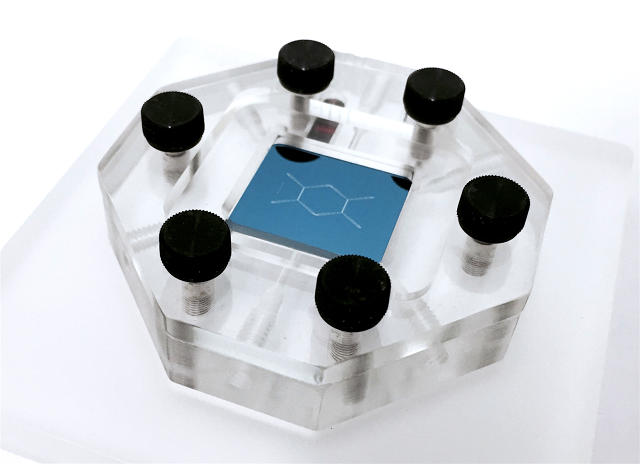
Whatever their function, exosomes are already tools in cancer detection. In May 2015, for instance, researchers from the University of Texas published an article in Nature about a test for pancreatic cancer that spots chemicals found on the exosomes from cancerous cells. “The big difference may be that using [IBM’s] technology, you may be able to do a more pure isolation,” says Otte. “I would argue that if you have a purer sample it opens up other interesting biological applications.”
One possibility, says IBM’s Stolovitzky, is cracking open and genetically sequencing individual exosomes to see how mutations vary among them. “No one knows the medical application to that yet,” says Otte.
Fast Company , Read Full Story
(26)





